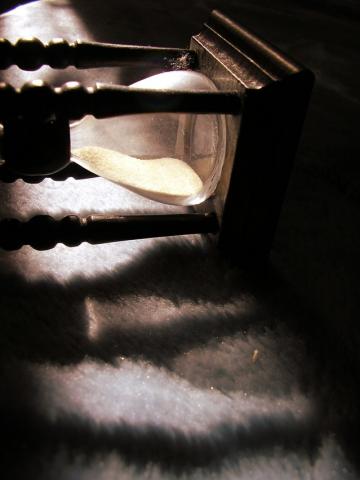Back to the Basics: Accuracy Requirements for Steady-State Conditions
Common practice is to assume complete accuracy in the LFL values from whatever authority is recognized at the time. But, as we have seen, one can reasonably assign an uncertainty of 10% LFL to the initial LFL values, as indicated by the precision of the published LFL values and the amount of agreement between the various competent authorities. Temperature effects can account for perhaps an additional 10% LFL, if one chooses to use the lesser amount of correction and in a particular case, the greater amount of correction is appropriate.




